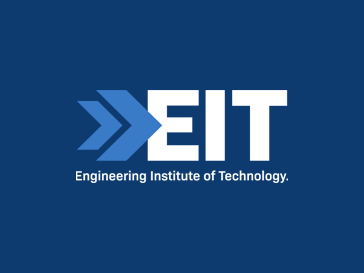Tire development has always formed a large chunk of the United States’ National Aeronautics and Space Administration’s (NASA) research. After all NASA has to put robust tires on the rovers they use in space. In fact the exploration of an arid, somewhat unpredictable landscape is very much dependent on good tires.
Space exploration has advanced alongside the growing capabilities of technology. With new landscapes to be explored the tires needed to be more versatile and durable.

Despite this, in 2013, after some extensive traveling on the surface of Mars, the engineers behind NASA’s Curiosity Rover noticed holes and tears in the vehicle’s aluminum wheels. By 2017 NASA was reporting much further damage, with engineers estimating that the wheels were 60% spent.
NASA realized that if they ever intended to send humans to Mars (with reliable transport around the planet); they needed to go back to the drawing board and engineer a tire that could go to Mars and beyond.
Tire evolution
The aerospace engineering world has seen an evolution of tires fitted to lunar and Martian exploration vehicles. The Russian vehicle, Lunokhod, in 1970, used mesh-like wheels fixed onto spokes - reminiscent of a bicycle.
The MET-ROVER had nitrogen filled inner-tubes and were manufactured by Goodyear. The Lunar Roving Vehicle, which famously went to the moon on the Apollo 15 mission, also utilized a flexible wire mesh.
The flexible wire mesh concept was further developed in the NASA Glenn Research Center by engineer Vivake Asnani. With assistance from Goodyear, in 2000, they created the ‘Spring Tire’ - an airless tire created with coiled steel wires criss-crossed to create a mesh.
NASA’s engineers believe the Spring Tire is perhaps their best bet for the next vehicle that goes to Mars. The engineers have focused their energies on creating prototypes to improve its ‘traction in soft sand’, increase its durability and reduce its weight.

A new tire is born
At NASA’s Jet Propulsion Laboratory (JPL), new mesh-tire prototypes have been undergoing tests; the simulations mimic the conditions on Mars.
The difference between the old mesh tires NASA has used and these newer prototypes is all in the material: titanium, with a unique atomic structure. The structure is less susceptible to pressure and stress. According to the engineers at NASA Glenn, the titanium based tire is thirty times more durable than tires before it.
As a result, the engineers over at NASA have developed a “memory alloy tire”. A tire that returns to its original form once it has come into contact with something that has caused it to deform. The researchers write:
“There are three major benefits to developing high performing compliant tires that are capable of performing in a Martian or Lunar environment. First, they would allow rovers to explore greater regions of the surface than currently possible. Secondly, because they conform to the terrain and do not sink as much as rigid wheels, they can carry heavier payloads for the same given mass and volume. Lastly, because the compliant tires can absorb energy from impacts at moderate to high speeds, they can be used on crewed exploration vehicles which are expected to move at speeds significantly higher than the current Mars rovers.”
The wheels are being perfected in time for a mission to Mars planned for 2020. NASA will send Curiosity 2.0 to the red planet - an almost identical rover to the Curiosity that is currently on the planet. But it will have six newly engineered wheels (and a few other new trinkets).
Works Cited
“Reinventing the Wheel.” NA http://bgr.com/2017/11/26/nasa-airless-tire-no-flat/
